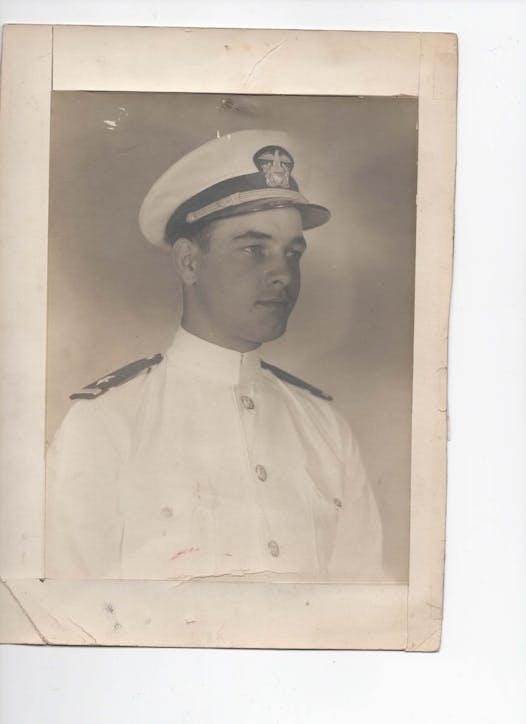A man living in Crystal in 1965 was repeatedly named as an FBI informant in the trove of documents related to the assassination of President John F. Kennedy released by the National Archives on Thursday.
In an FBI memorandum dated March 29, 1965, that was sent to the FBI director's office from the agency's special agent in charge (SAC) in Minneapolis, James A. Kraker of Crystal is named as "a Cuban source of information who was active" in an anti-Castro Cuban exile group known as Movimiento Recuperacion Revolucionario, or MRR, "prior to its inactivity in the Twin Cities area."
A second memo dated Oct. 14, 1965, noted Kraker was the source of information about an MRR member, Abel Thomas Mesa, who moved to Chicago from Minneapolis.
It is unclear from the documents what additional information Kraker may have provided to the FBI or how he came to be a source on Cuban exile groups.
Some researchers have speculated that Cuban exiles, organized crime figures and disgruntled CIA hardliners angry about Kennedy's failure to depose Cuban President Fidel Castro in the disastrous 1961 Bay of Pigs invasion may have played a role in the assassination. The declassified documents reveal that Cubans, both inside the communist government and dissidents in the United States, featured prominently in the investigation of Kennedy's assassinaton.
Kraker was born in 1920, in the Iron Range town of Gilbert. He skipped two grades in school, attended Virginia (Minn.) Junior College and joined the Navy as an ensign at age 20. He served in World War II and eventually rose to the rank of lieutenant commander before retiring in the mid-1950s. With his wife, Mildred, Kraker raised six children, four boys and two girls.
His son David, a retired postal worker in Smyrna, Ga., said he was not surprised that his father was named as an FBI source of information about Cuban exile groups in the declassified documents. He said James helped Cuban refugees move to the United States.
"I knew he was involved with the Cubans, trying to help them resettle safely," Kraker said. "They were fighting against Castro, so he was in the middle trying to help those people who were trying to get out of Cuba and come to America."
Kraker said it was a friend from his church choir, Armand Pilon, himself a Cuban exile, who got his father involved with the Cubans. Kraker helped organize sponsors for the exiles so they could settle permanently in America.
"Mr. Pilon asked him to help," Kraker said. "They were very close friends. He said, 'How would you like to help me help these people?' My dad said,'Sure.' He was that kind of guy, so that's what he did."
Kraker said his father did not talk about it much.
"He told us what he could," Kraker said. "I never heard a word about the assassination."
More than three dozen Cuban exiles arrived in the Twin Cities in early 1963, according to contemporaneous news reports.
While stationed at the Naval Air Station in Jacksonville, Fla., the elder Kraker claimed to have had a bizarre experience that he never discussed until decades later when David's wife, Janie, asked if he ever passed through the Bermuda Triangle.
"He said, 'Yeah, I guess I can tell you, it's been long enough,' " Kraker said. "He was in a group of pilots and the dials quit working. It was like they flew into a fog bank. By the time they came out of it, it was 45 minutes later, but it felt instantaneous for them."
After retiring from the military, Kraker moved back to Minnesota by 1956 and started a business in Rochester with his brother, Jack, selling lift trucks and other factory moving equipment. When Jack died, the business became too much to handle and he went to work for Erickson Inc., selling forklifts in Minneapolis. Kraker settled in Crystal, where he lived until his death in 2002 at the age of 82. He is buried at Fort Snelling National Cemetery.
You can read the memos below.
March 29, 1965 memo:
Oct. 14, 1965 memo:

Want to share info with the Star Tribune? How to do it securely

'Safe recovery sites' would offer syringes, naloxone and more to people using drugs. The plan could be in peril.
New Minnesota GOP leaders seek peace with party's anti-establishment wing

Who is Republican Lisa Demuth, Minnesota's first House speaker of color?



